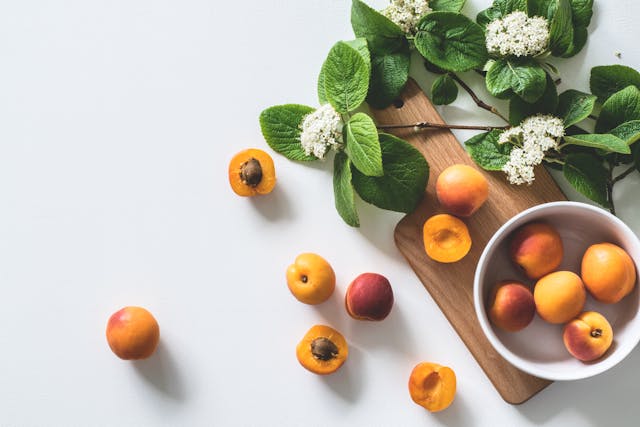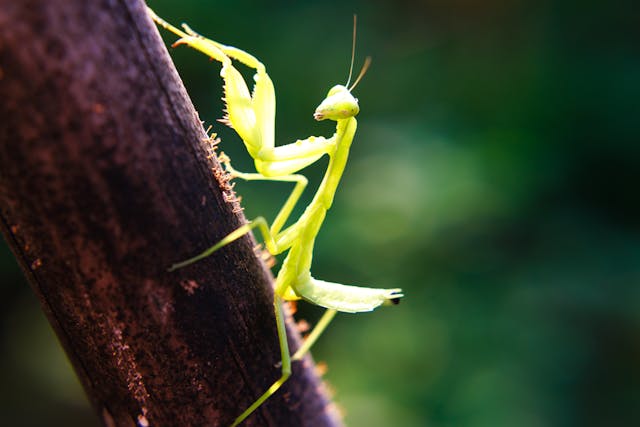Urine is an essential indicator of our body’s overall health. Its color can vary due to various factors, including hydration levels, diet, medications, and even medical conditions. While the normal urine color is typically pale yellow, deviations in color can signal different things about your health. Here’s a breakdown of what different urine colors may mean:
Clear or Pale Yellow Urine
Clear to light yellow urine is often a sign of proper hydration and healthy kidney function. This color indicates that you’re drinking enough fluids, and your body is well-hydrated.
Causes:
- Drinking a lot of water
- Hydration from foods like fruits and vegetables
- Certain medications, such as diuretics
While clear urine is generally a good sign, consistently clear urine could indicate that you are overhydrating, which can sometimes dilute essential electrolytes in the body.
Dark Yellow Urine
Dark yellow urine can indicate mild dehydration. This happens when the body conserves water, making urine more concentrated.
Causes:
- Dehydration due to insufficient water intake
- Excessive sweating
- First morning urine (after several hours of no fluid intake)
To return to a healthier shade, increase your water intake.
Amber or Honey-Colored Urine
Amber or honey-colored urine is a more concentrated form of yellow and often points to dehydration. Your body is retaining as much water as possible, and the waste becomes more concentrated.
Causes:
- Moderate dehydration
- Excessive exercise without proper fluid replacement
- High intake of certain vitamins or supplements
In this case, it is essential to drink more water and monitor your fluid intake.
Orange Urine
Seeing orange in the toilet can be surprising, but it’s not always cause for alarm. It can be the result of medications, foods, or dehydration.
Causes:
- Dehydration
- Consumption of foods high in beta carotene (e.g., carrots, sweet potatoes)
- Medications such as phenazopyridine (for urinary tract infections), certain laxatives, or chemotherapy drugs
- Bile duct or liver issues (If orange urine is accompanied by pale stools or yellowed eyes, see a doctor)
If you’re adequately hydrated and still notice orange urine, consulting a doctor is advisable to rule out liver or bile duct issues.
Red or Pink Urine
Red or pink urine is one of the most alarming changes in color, but it’s not always due to something serious.
Causes:
- Eating certain foods like beets, blackberries, or rhubarb
- Medications such as rifampin (an antibiotic for tuberculosis)
- Blood in the urine (hematuria), which may indicate kidney stones, urinary tract infections, or more serious conditions such as cancer
If the redness persists or is accompanied by other symptoms like pain or fever, seeking medical advice is essential.
Blue or Green Urine
While it may seem unnatural, blue or green urine is rare but can occur due to specific causes.
Causes:
- Consumption of foods or drinks containing artificial dyes
- Medications such as amitriptyline (antidepressant), propofol (anesthetic), or cimetidine (for ulcers)
- Infections, particularly Pseudomonas, a type of bacteria causing urinary tract infections
If the color change is due to food or medication, it’s usually harmless. However, persistent changes warrant a visit to your healthcare provider.
Brown Urine
Brown or dark brown urine may indicate severe dehydration or the presence of bile in the urine, suggesting liver issues.
Causes:
- Severe dehydration
- Liver or kidney disorders
- Eating large amounts of fava beans or rhubarb
- Certain medications, including metronidazole (antibiotic) or chloroquine (malaria treatment)
If you suspect liver disease (especially if you have jaundice), seek medical attention promptly.
Foamy or Cloudy Urine
While not a color, foamy or cloudy urine can suggest underlying health concerns.
Causes:
- High protein levels in urine, which may indicate kidney issues
- Urinary tract infections (cloudy urine can also indicate pus or white blood cells in the urine)
- Kidney stones
- Vaginal discharge or semen
If foaminess persists or is accompanied by other symptoms, it’s a good idea to consult a doctor.
When to See a Doctor
While diet, hydration, and medication often explain variations in urine color, it’s crucial to monitor any persistent or unexplained changes. Here are signs that warrant medical attention:
- Urine that’s persistently red or brown
- Accompanying pain, fever, or other discomforts
- A strong odor or unusual consistency, such as foamy urine
- Symptoms of dehydration, such as extreme thirst, dizziness, or confusion
In Summary
Your urine color can serve as a simple health indicator, helping you understand how well-hydrated you are and even alerting you to potential medical conditions. While many color changes are harmless, prolonged deviations from the norm should be addressed with a healthcare provider. By paying attention to these subtle signs, you can take a proactive approach to your health and well-being.









